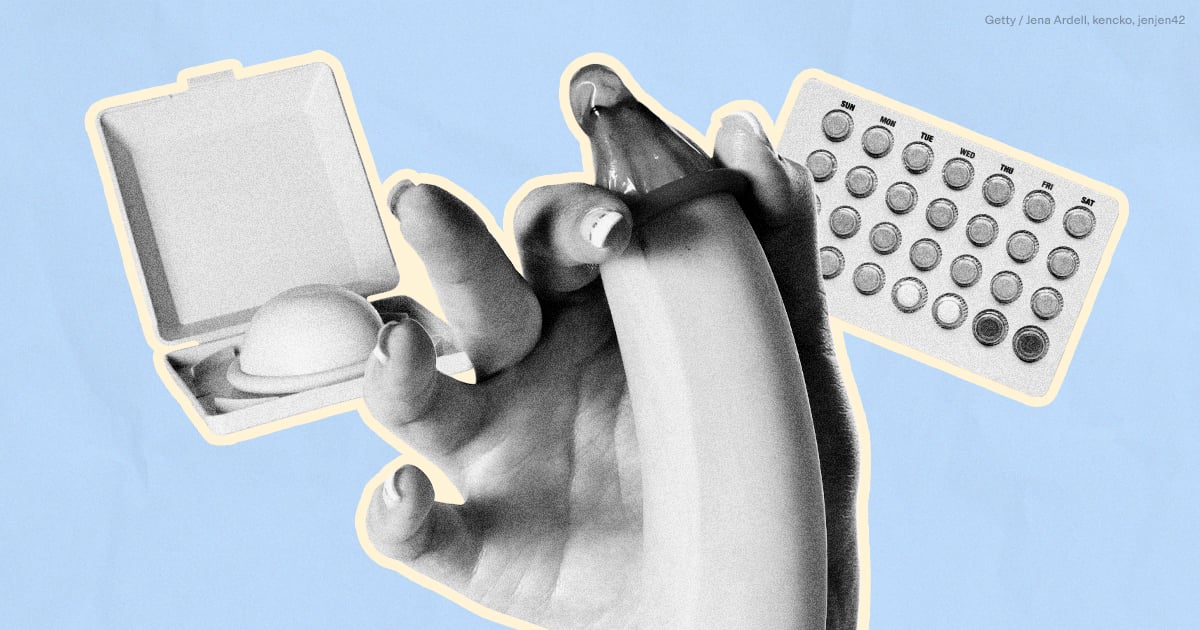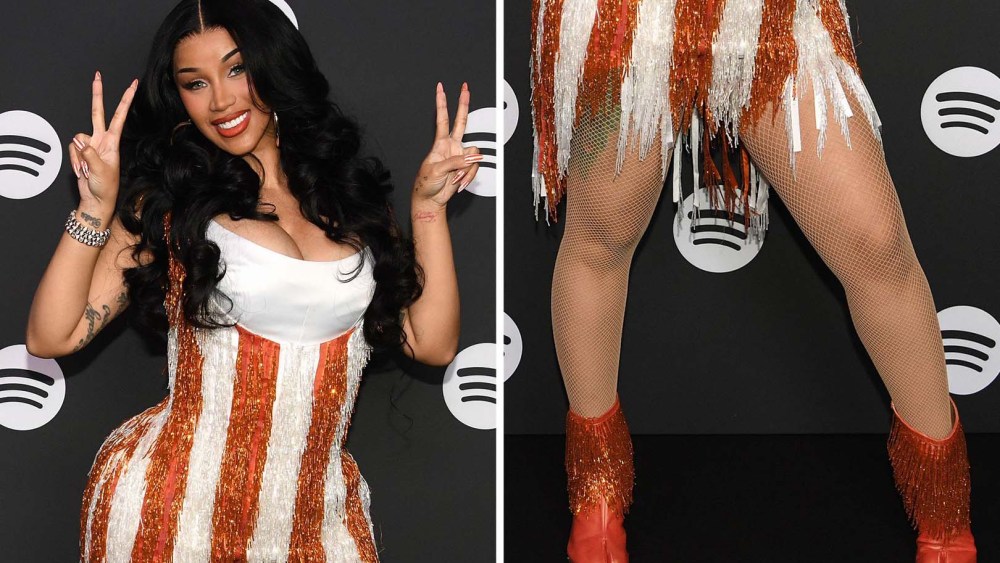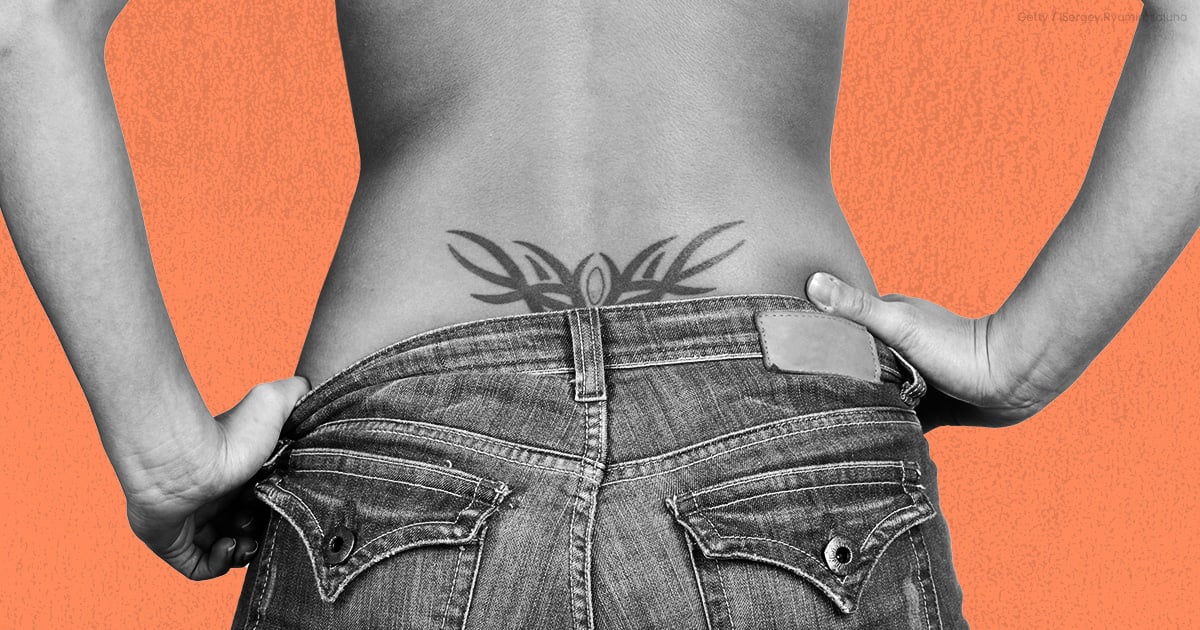My sex education did not take place in a classroom. Wanting to fulfill my high school’s health requirement as quickly as possible, I opted to take Brigham Young University’s online health course. As one might imagine, this left me with more questions than answers. The health information I received was outdated, incomplete, and filled with subliminal messaging that sex might “ruin my life.” Even more, I felt alienated from something that is, by all accounts, incredibly personal – sex.
So, like many of my peers, I took to the hallways, television, and internet to teach me what my online modules could not. This path was a long process, filled with confusing and conflicting misinformation. And while I finished my informal curriculum with a somewhat stronger sex education, I still felt disconnected. I knew who I was – a 16-year-old Vietnamese girl who loved food and “The Flash.” And my research helped me understand my body, particularly in the context of sex. But I still failed to see how these two things, my body and my identity, came together.
“Today’s sex education fails to address its true history and legacy.”
Many people have critiqued the efficacy of our current sex-education curriculums. Most sex ed in schools starts in fifth grade but, because guidelines are decided on the state or local level, their content varies wildly. For example, of the 30 states that require sex education, only five require it to be “comprehensive.”
In recent years, there has been a push for a more LGBTQ+ inclusive curriculum, which is sorely needed. Many scholars and educators also advocate for the inclusion of other health topics, including mental health, relationships, and sexual violence. While these are steps in the right direction, there is still something missing. Today’s sex education fails to address its true history and legacy – the harms of which echo for today’s youth of color and disabled youth.
The truth is, sex education in America is rooted in racial eugenics. The hygiene movement of the early 20th century equated public health and cleanliness to the preservation of morality and white purity. Black and Brown folks, stereotyped as criminal and deviant, were deemed a “public health threat.” Sex education became a means of controlling the reproduction of minority communities.
Eugenicist practices like early 20th century sex education are also linked to ableist histories and policies. The historical and ongoing misconception that people with disabilities are inherently asexual has resulted in the ableist repression of sexuality by any means possible – not only resulting in a lack of sex education for disabled folks, but also institutionalization and forced sterilization. These histories of obstetric violence and other means of reproductive control are all legacies associated with Black, Brown, and Indigenous people and disabled communities in America.
These histories are far from over. A lack of reproductive autonomy is still a pressing issue, especially in sex education. According to a 2009 study from the Washington University School of Law, Black students are more likely to receive abstinence-only sex education than white students. A 2012 study also shows that students with disabilities are less likely to receive sex education in schools than their non-disabled peers. And another study from that year shows that schools with fewer resources and higher poverty rates – which tend to serve higher proportions of racial and ethnic minorities – tend to have students with lower teen sexual health knowledge.
Of course, these issues are not separate from sexual orientation and gender identity. Students who are LGBTQ+ and Black, Latinx, or Asian report receiving inadequate sex education. Further, recent anti-LGBTQ+ education legislation (which includes sex ed) in red states disproportionately affects queer students of color, many of whom already face barriers to feeling safe and supported at school.
Our current sex-education systems continue to fail nonwhite, disabled, and queer students. It’s high time to adapt how the content of these classes relate to various and intersectional identities. Organizations such as Unite for Reproductive & Gender Equity (URGE), Advocates for Youth, and Sex Ed for Social Change (SIECUS) outline what this might look like. Their interventions include curriculums that are individualized, inclusive, culturally relevant, and anti-racist. While the specifics of these projects vary, they all are rooted in the same goal – an intersectional approach to sex education.
Students come to sex education classes with vastly different knowledge. This knowledge is not just informed by sexuality and sex-related topics, but also by our experiences with race and disability. Thus, to create a truly inclusive sex education would mean to not just think about the different ways we have sex, but also about the different lives that sex exists within. Race and disability are a part of sex education, and it is time we start acknowledging that.
Looking back, I can now understand that what I was searching for in my sex education was connection. My health course felt no different than calculus or physics -– it failed to grasp the totality of who I was and how I related to the world. The understanding that my identities, including my race, matter in sex education is incredibly valuable. My lived experience should be a part of my education. It has taken me a long time to learn that, and I can only hope that future students will have the tools to do the same.
Samantha Phan is a writer, editor, and student with interests ranging from sustainable fashion to sexual health.




